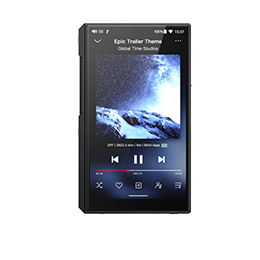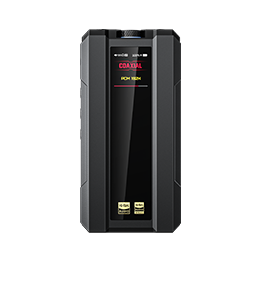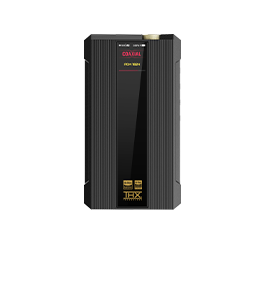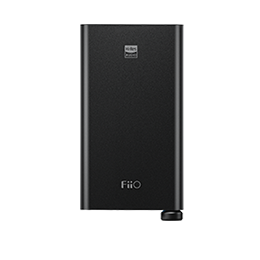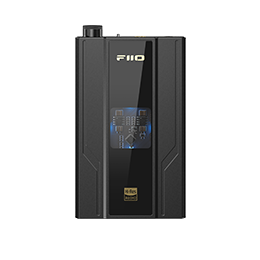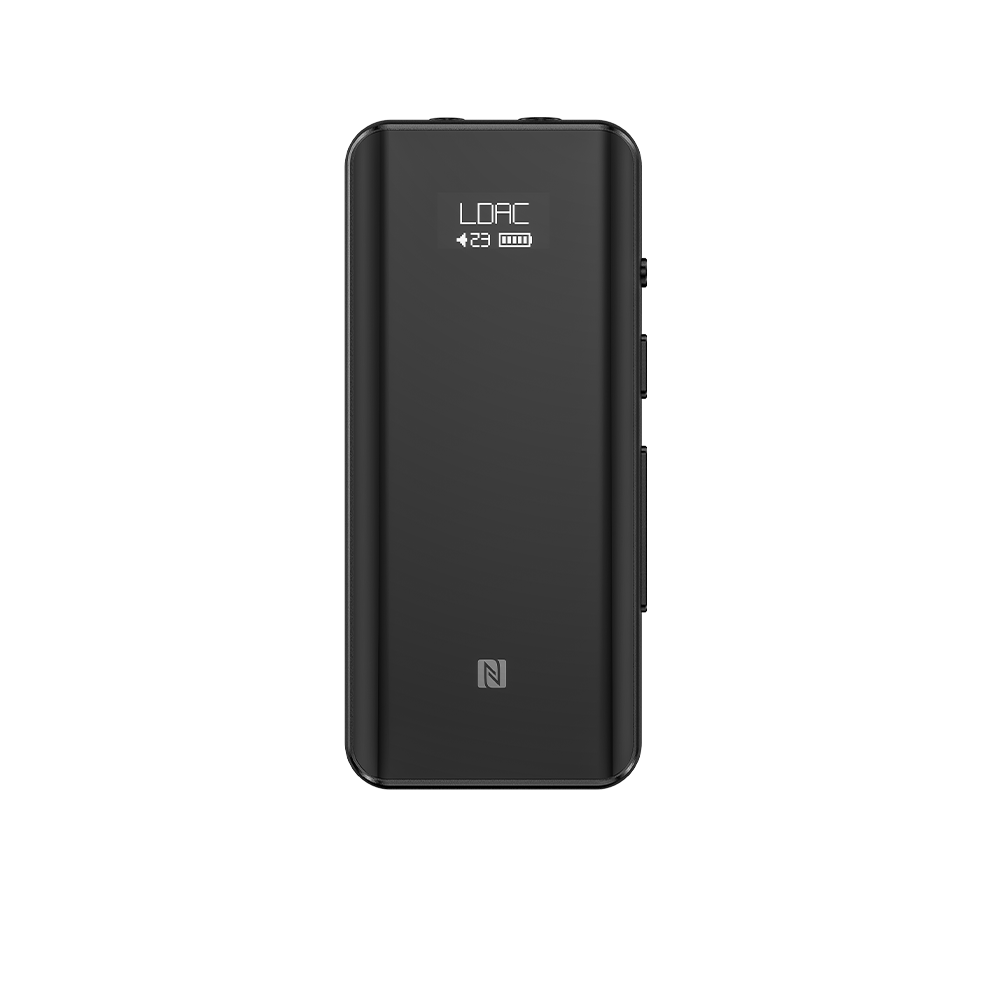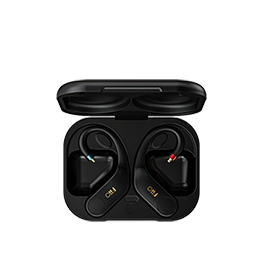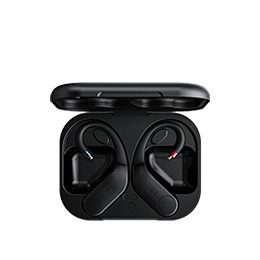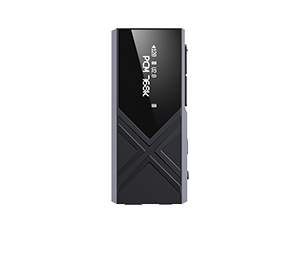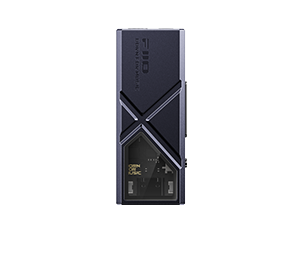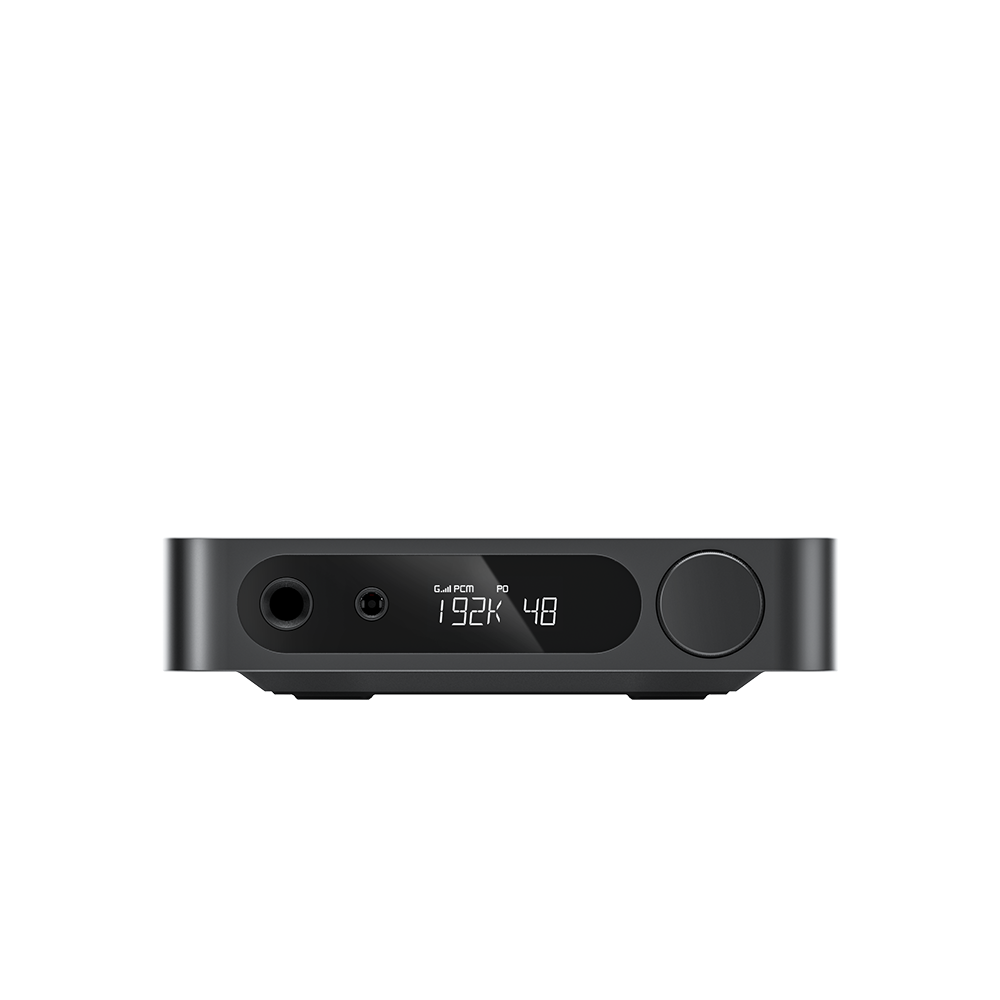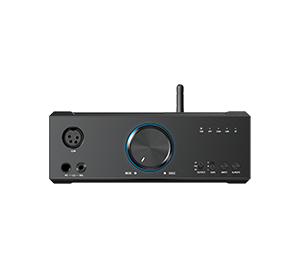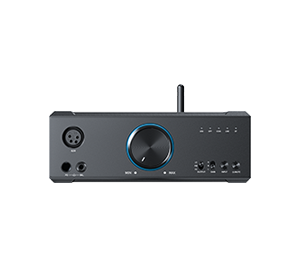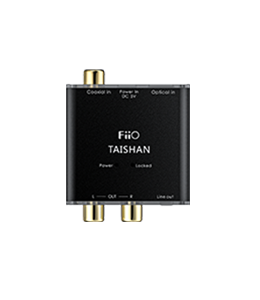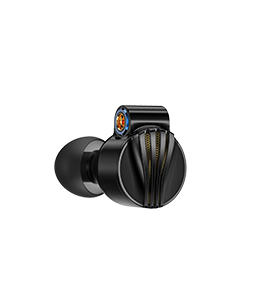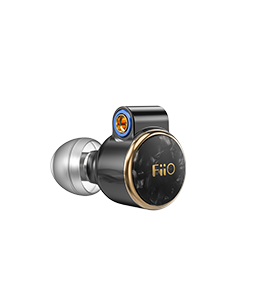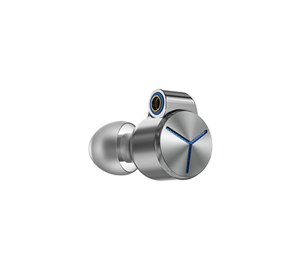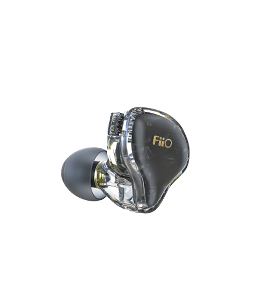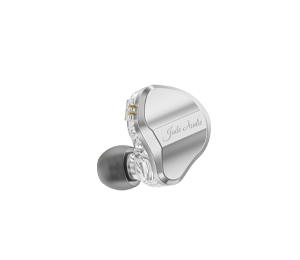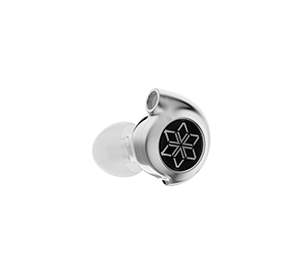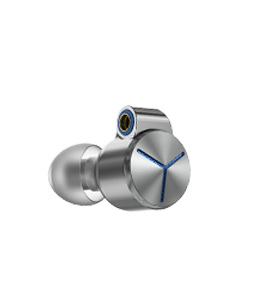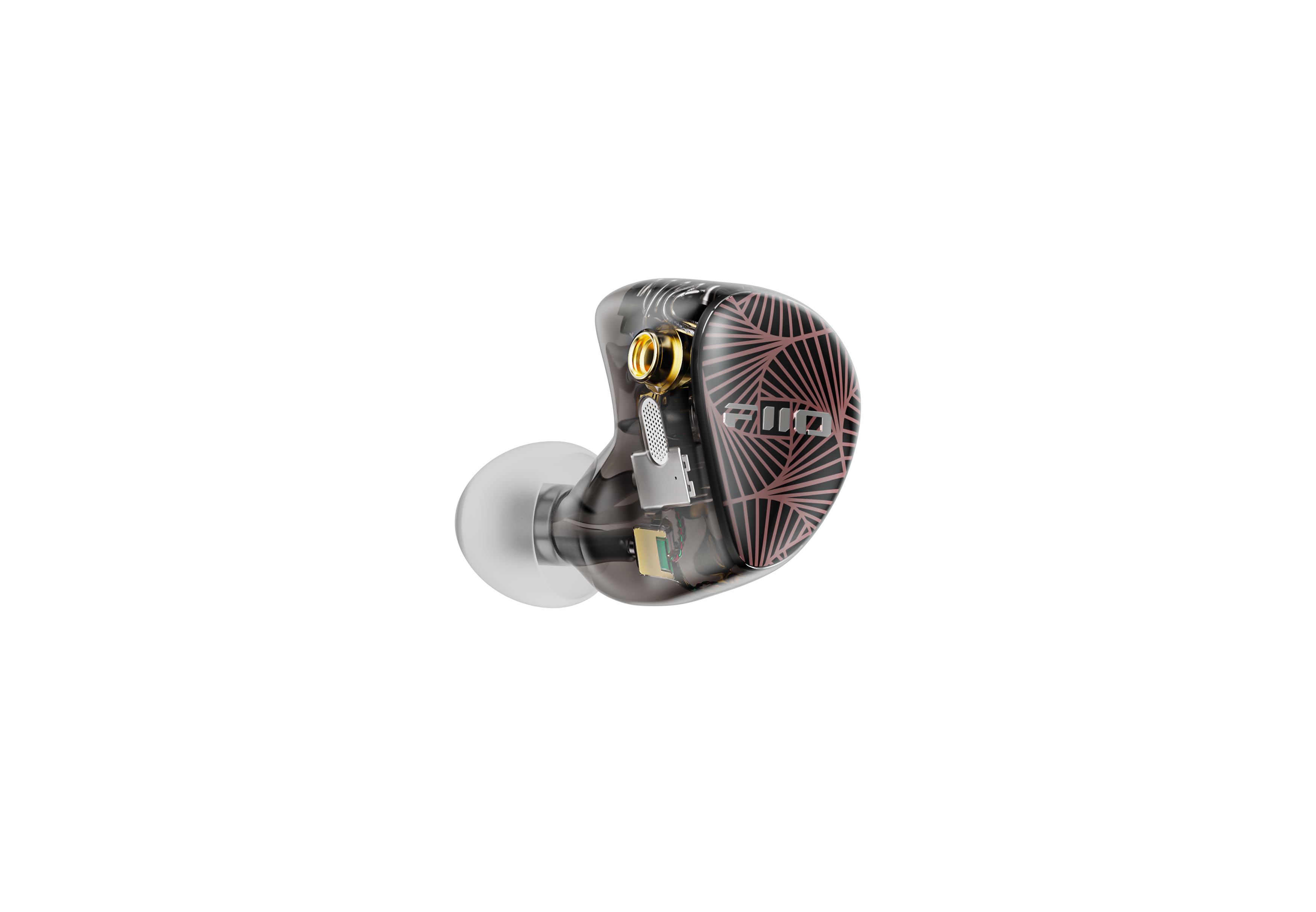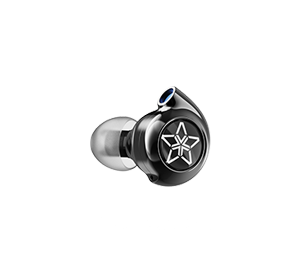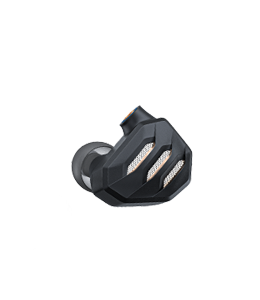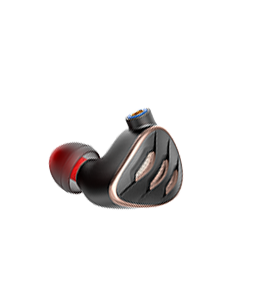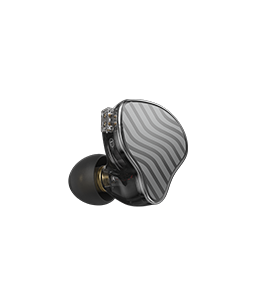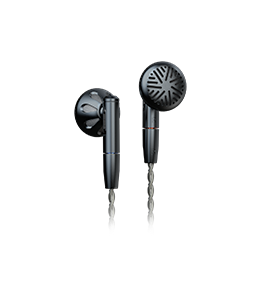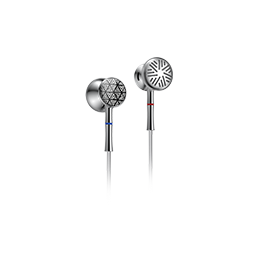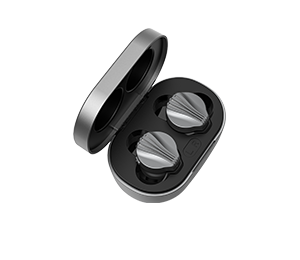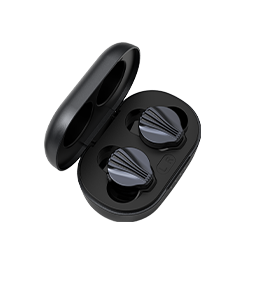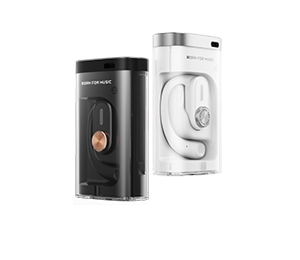7. Does the M17 need to be burned in?
In theory, for products with electrolytic capacitors, the parameters of the capacitors will change to a certain extent as the working time increases. This is a scientific explanation for the "burn-in" effect on the sound quality. But how much the change of the capacitor parameters will affect the sound quality, and whether the impact will be distinguished by most users are uncertain. Personally, we considered that it is not necessary for average people to carry out the burn-in process on purpose. Listening to music with this device for a period of time will lead the capacitors inside the device to a relatively stable status. In addition, the parameters of previous audio products, esp. vacuum tube products, will change greatly under cold and hot states, so they need to be burned in. For example, in old-fashioned CRT TVs, it takes a few minutes for the image to be normal after being turned on. In theory, for current audio products, such as the M17, the parameters of their internal resistances and transistors may vary with temperatures. But actually, current circuit design and electronic components will not be so sensitive to temperature changes. So, under normal circumstances, it will be difficult for most of us to distinguish the changes in sound quality when the device is cold and hot.
To sum up, "burn-in" and "warm-up" are theoretically supported, but the actual impact varies from person to person. Generally speaking, it is not easy for ordinary people to feel these small differences in sound quality. However, we cannot deny these changes, because it is objective for electronic components to change with temperatures and time.







